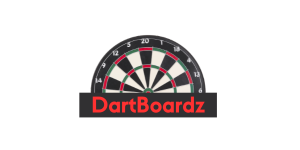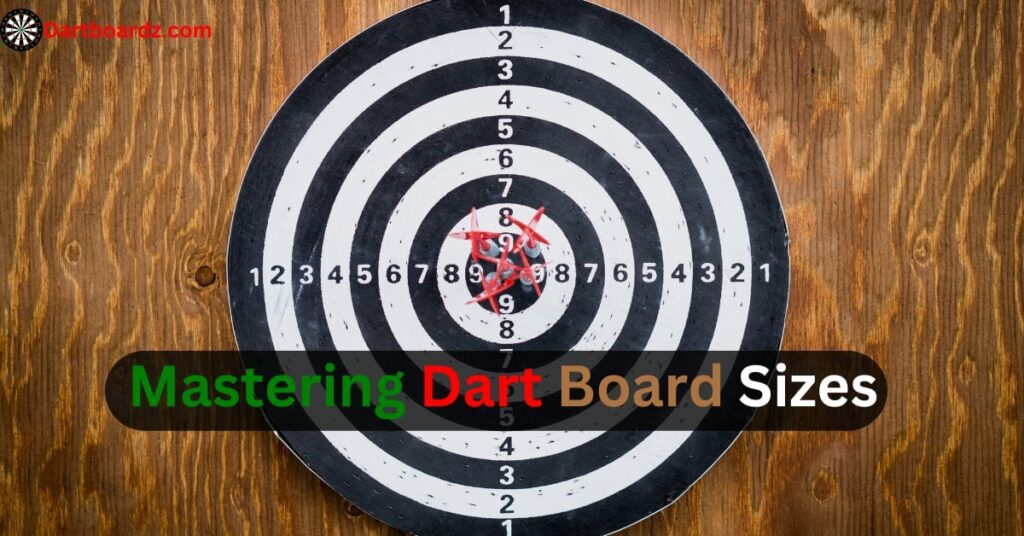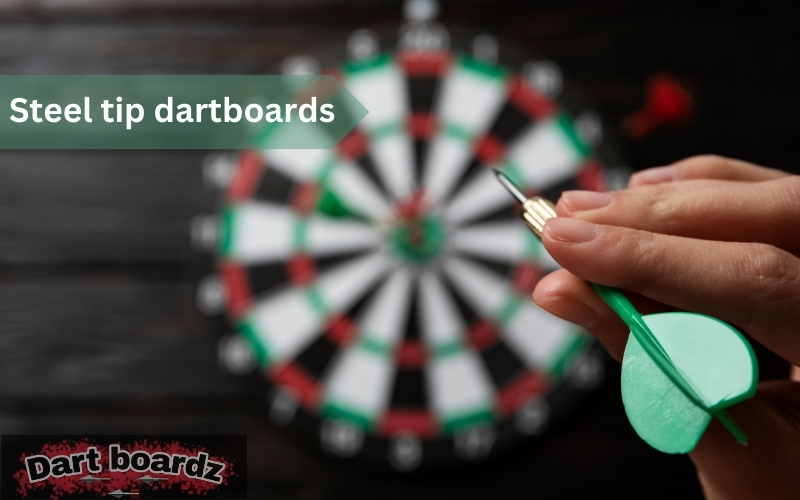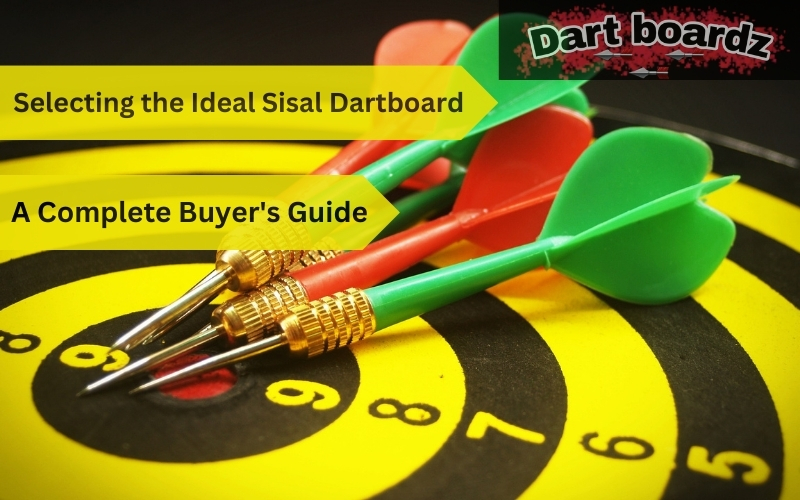Darts is a timeless game that combines precision, skill, and strategy. Whether you’re a seasoned player or just starting out, understanding the nuances of dart board sizes and setup techniques is essential for enjoying the game to its fullest.
In this comprehensive guide, we’ll take an in-depth look at everything you need to know to set up your dart board like a pro and elevate your dart-playing experience.
Understanding Dart Board Sizes
At the heart of every game of darts lies the dart board, a circular target divided into numbered segments. While the standard dart board size is 18 inches in diameter, variations exist to accommodate different playing preferences and skill levels.
For instance, smaller boards may be preferable for younger players or those with limited space, while larger boards offer a greater challenge for seasoned dart enthusiasts.
The standard dart board consists of various segments, each assigned a specific point value. The bullseye, located at the center, holds the highest value and is the ultimate target for players seeking to maximize their score. Understanding the dimensions and layout of the dart board is crucial for setting it up correctly and ensuring fair game play.
Setting Up Your Dart Board
Now that you’re familiar with dart board sizes, let’s explore the step-by-step process of setting up your dart board for optimal play:
Choose the Right Location
Selecting an appropriate location for your dart board is the first step in the setup process. Ideally, you’ll want to choose a space with ample room for players to throw from a comfortable distance.
Avoid areas with excessive moisture or direct sunlight, as these conditions can damage the dart board over time.
Consider mounting the dart board in a dedicated game room or entertainment area where players can gather and enjoy the game without distraction
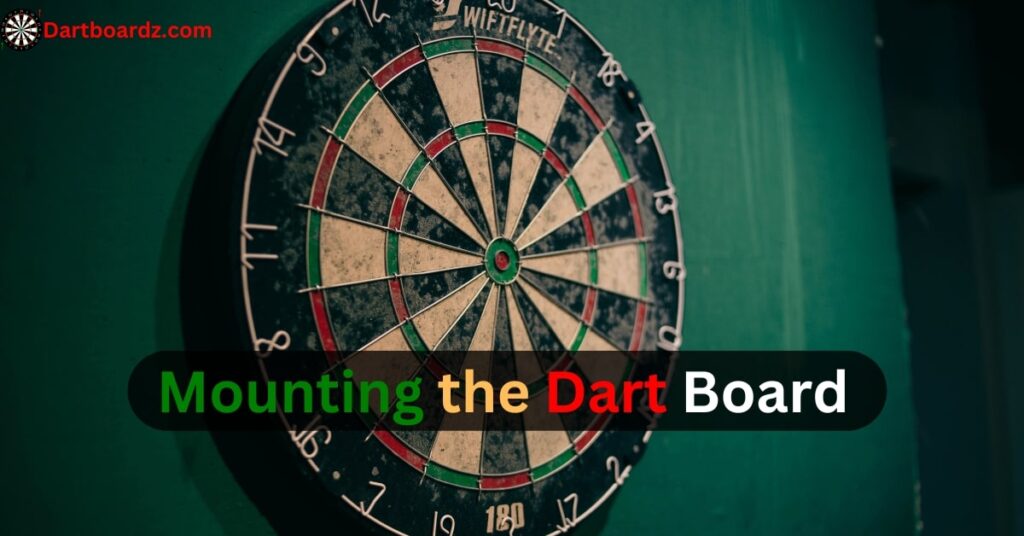
Mounting the Dart Board
Once you’ve chosen the perfect location, it’s time to securely mount the dart board. Use a measuring tape to ensure precise placement, with the bullseye positioned at eye level for players.
Whether you’re mounting the dart board on a wall or using a specialized dart board stand, ensure that it is securely fastened to prevent any wobbling or instability during game play. Double-check that the dart board is level to avoid any inconsistencies in game play and ensure fair competition among players.
Marking Throw Lines
Establishing clear throw lines, also known as oches, is essential for maintaining consistent game play and fair competition.
The standard throwing distance for soft tip darts is 7 feet 9.25 inches, while steel tip darts require a distance of 8 feet. Mark these distances on the floor using tape or chalk for easy reference.
Encourage players to adhere to the designated throw lines to ensure a level playing field and minimize the risk of injury or damage to surrounding objects.
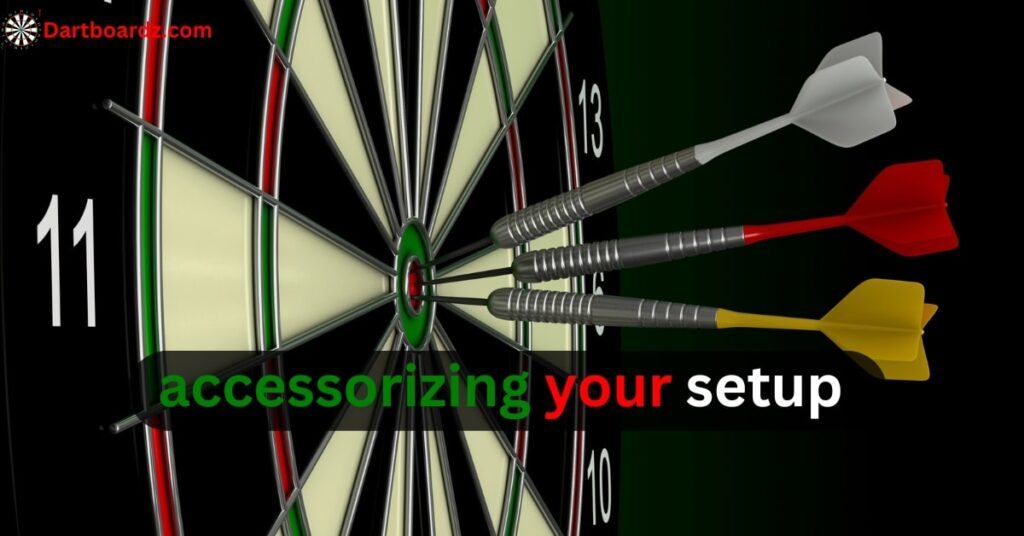
Accessorizing Your Setup
Enhance your dart board setup with additional accessories designed to improve game play and enhance the overall experience. Consider investing in a dart board surround to protect your walls from stray darts and minimize damage to surrounding surfaces.
A scoreboard is essential for keeping track of scores and maintaining an accurate record of each player’s performance throughout the game. Lighting fixtures can help illuminate the playing area and improve visibility, particularly in dimly lit environments or evening games.
By following these setup techniques and adhering to standard dart board sizes, you’ll create an optimal playing environment for yourself and fellow dart enthusiasts. So, gather your darts, hone your aim, and get ready to enjoy hours of competitive fun with friends and family!
Conclusion
In conclusion, mastering the art of dart board setup is essential for any avid player. By understanding dart board sizes and following proper setup techniques, you’ll ensure fair game play and maximize your enjoyment of this classic pastime. So, what are you waiting for? It’s time to step up to the oche and unleash your inner dart champion!
Whether you’re hosting a friendly game night with friends or competing in a local tournament, a well-prepared dart board setup sets the stage for an unforgettable experience. So, roll out the dart mat, sharpen your darts, and let the games begin!
What are the standard dimensions of a dart board?
The standard dart board size is 18 inches in diameter, with various segments representing different point values.
Are there different sizes of dart boards available?
Yes, there are variations in dart board sizes to accommodate different preferences and skill levels. Smaller boards may be suitable for younger players or those with limited space, while larger boards offer a greater challenge.
How do I properly mount a dart board?
To mount a dart board size choose a suitable location with enough space for players to throw comfortably. Use a measuring tape to ensure precise placement, and securely fasten the board to the wall or a specialized stand. Ensure that the dart board is level to maintain fair game play.
What is the standard throwing distance for darts?
The standard throwing distance for soft tip darts is 7 feet 9.25 inches, while steel tip darts require a distance of 8 feet. Mark these distances on the floor using tape or chalk for easy reference.
Do I need any accessories for my dart board setup?
Accessories such as a dart board size surround to protect walls, a scoreboard to track scores, and lighting fixtures for improved visibility can enhance your dart board setup and game play experience.
How can I optimize my dart board setup for the best game play?
Optimize your dart board setup by choosing the right location, ensuring proper mounting, marking clear throw lines, and accessorizing with relevant items. Following these techniques will create an optimal playing environment for you and your fellow dart enthusiasts.
